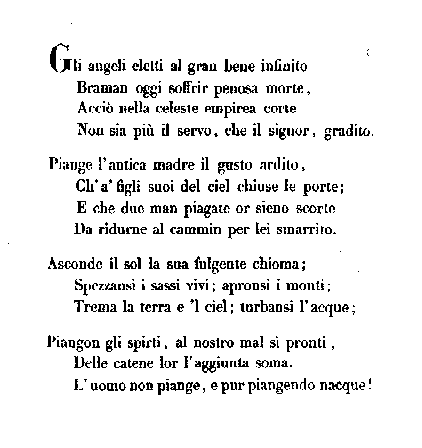

Iconografia di Santa Caterina da Siena, vol. Rome: Bulzoni.īianchi, Lidia, and Diega Giunta. “Dal privato al pubblico: donazioni di raccolte librarie tra XV e XVI secolo.” In Le raccolte private come paradigma bibliografico, Atti del Convegno Internazionale (Roma, Tempio di Adriano 10–12 ottobre 2007), edited by Fiammetta Sabba, 453–62.

Rome: Fratelli Palombi editori.īianca, Concetta. Dialoghi michelangioleschi di Francisco d’Olanda. Berkeley: University of California Press.īessone Aurelj, Antonietta Maria, ed. “The Right of Women to Give Religious Instruction in the Thirteenth Century.” In Women Preachers and Prophets through Two Millennia of Christianity, edited by Beverly Mayne Kienzle and Pamela J. “The Reform Context of the Great Western Schism.” In A Companion to the Great Western Schism (1378–1417), edited by Joëlle Rollo-Koster and Thomas M. “Eredità cateriniana negli ambienti piagnoni a Roma nel primo Cinquecento.” In Zarri, Virgo digna coelo, 509–30.īellito M., Christopher. “Art and Savonarolan Reform at San Silvestro a Monte Cavallo in Rome (1507–1540).” Archivum Fratrum Praedicatorum 32:205–88.Īssonitis, Alessio. Venice: Zorzi de Rusconi milanese ad instantia de Nicolo Zopino.Īssonitis, Alessio. Catharina da Siena composta composta per lo excellentissimo & famosissimo poeta miser Io. Opera nova della vita & morte della santa della diva & seraphica s.

In Ferrero and Müller, Carteggio, 487–518, 511–13.Īretino, Giovanni Pollio. “Strong Mothers, Strong Daughters: The Representation of Female Identity in Vittoria Colonna’s ‘Rime’ and ‘Carteggio.’ ” Italica 77:311–30.Īlicarnasseo, Filonico. To conclude, I discuss the ways in which we can integrate the Trecento tradition into Colonna’s conception of grace and prophetic message of renovatio.

In part 3, I analyze Colonna’s exegesis of the penitent Magdalene in the light of Catherine’s political reading of the same character. In part 2, Colonna’s sacred charisma(s) is related to Catherine’s penitential and political model, thus identifying her Vita and epistles as a very possible literary source that Colonna could have used in her religious output and self-identification. Those descriptions are then incorporated into a comparison of the schisms that shaped Christianity in Catherine’s times, namely the Avignon Papacy, and those of the Lutheran Reformation. In part 1, I begin by tracing the mystic profile that the participants of Colonna’s reformed circles ascribed to the saint. This article proposes a way of reading Vittoria Colonna’s lyric persona in the light of Catherine of Siena’s religious writings and philosophy of the self. Vittoria Colonna Catherine of Siena Avignon Sack of Rome Schism Spirituals Mary Magdalen Early Modern Women Writers Women Reformers Legacy Abstract


 0 kommentar(er)
0 kommentar(er)
